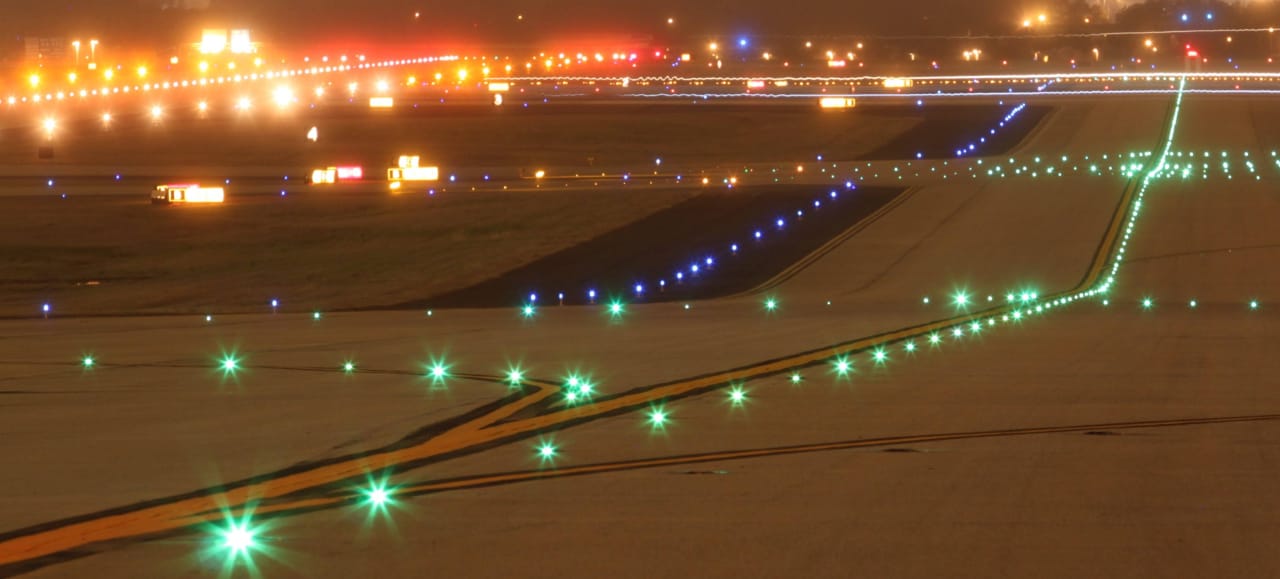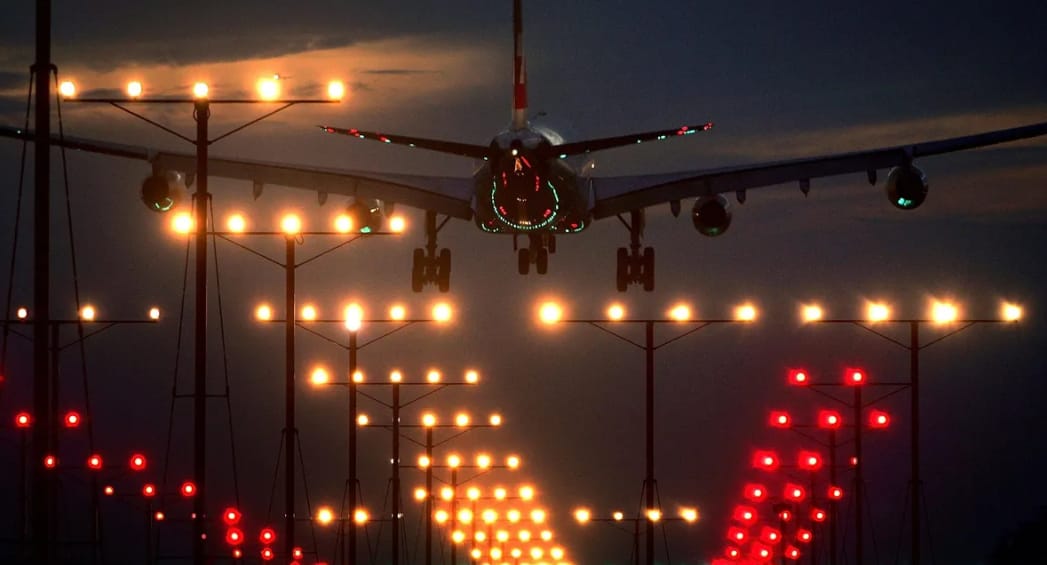Airport runway lights are a vital safety feature that helps prevent plane crashes. These lights are installed on the runway and are used to improve visibility during takeoffs and landings. There are three types of runway lights: approach lights, threshold lights, and runway end lights.
Approach lights are used to help pilots line up with the runway. They are usually located just before the threshold lights. Threshold lights are used to mark the beginning of the runway. Runway end lights are used to mark the end of the runway.
All of these lights are important for safety and help prevent plane crashes.
Runway edge Lights Improve Visibility:
Runway edge lights improve visibility at night by providing pinpoints of light along the length of the tarmac so that pilots can see where they’re going while they’re taking off or landing at nighttime hours when there is no natural light available. This can be especially helpful if there is any fog or cloud cover in the vicinity, which can make it difficult for pilots to see where they’re going if they don’t have an instrument panel displaying ground radar data.
These Lights Are Used At Night:
The FAA requires that all airports using night-time operations have at least one lighted precision approach path indicator (PAPI) system in operation at each end of the active runway’s centerline when weather conditions permit no visual contact with the surface or objects on it during takeoffs or landings by day or night; an airport may have more than one PAPI system located on either side of its runway centerline if required by safety considerations (e.g., for noise abatement).

Airport Lights Increase Safety:
Airport lights increase safety by providing guidance for takeoff and landing. They tell pilots when it is time to take off or land, which in turn prevents crashes caused by miscommunication between pilot and tower. When pilots see these bright lights on the ground, they can easily determine their position in relation to the ground below them; this allows them to maintain control over their aircraft at all times during the flight.
Warns about the end of the runway:
Threshold lights mark the beginning of a runway and alert pilots when it’s safe to begin takeoff procedures (see below). Thresholds are usually red or green in color and have several different variations depending on their location on the runway (beginning or end) and whether they’re flashing or steady burning.
Conclusion:
While they might not seem all that important to the casual observer, functional airport runway lights are a crucial presence. As we’ve learned, without them, navigating lift-offs and landings would clearly be a complicated endeavor, even for seasoned pilots. So, it is important that their design and operation meets particular standards, allowing us to enjoy a safe flight.
Related Source: Airport Taxiway Lights , Airport Lights for Sale

